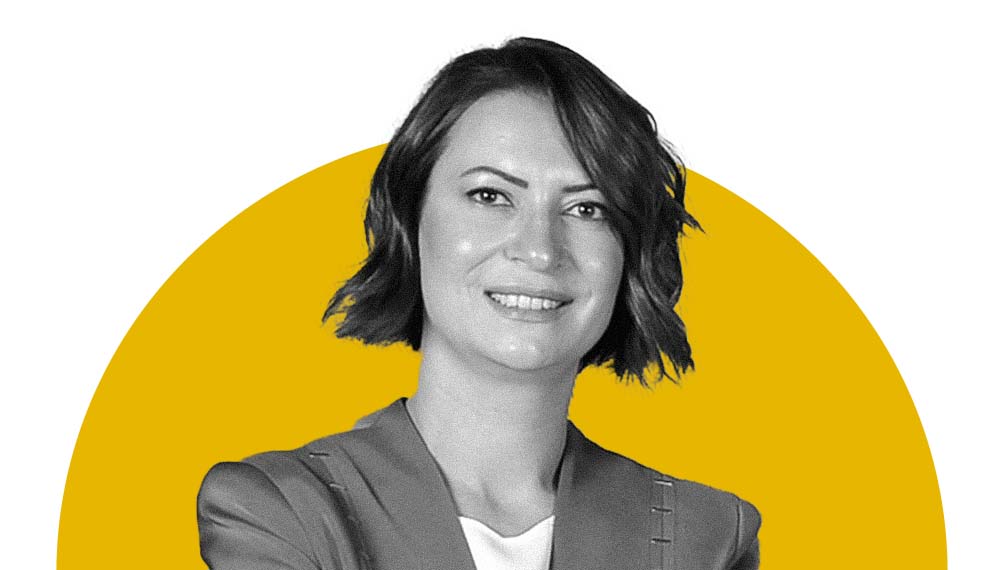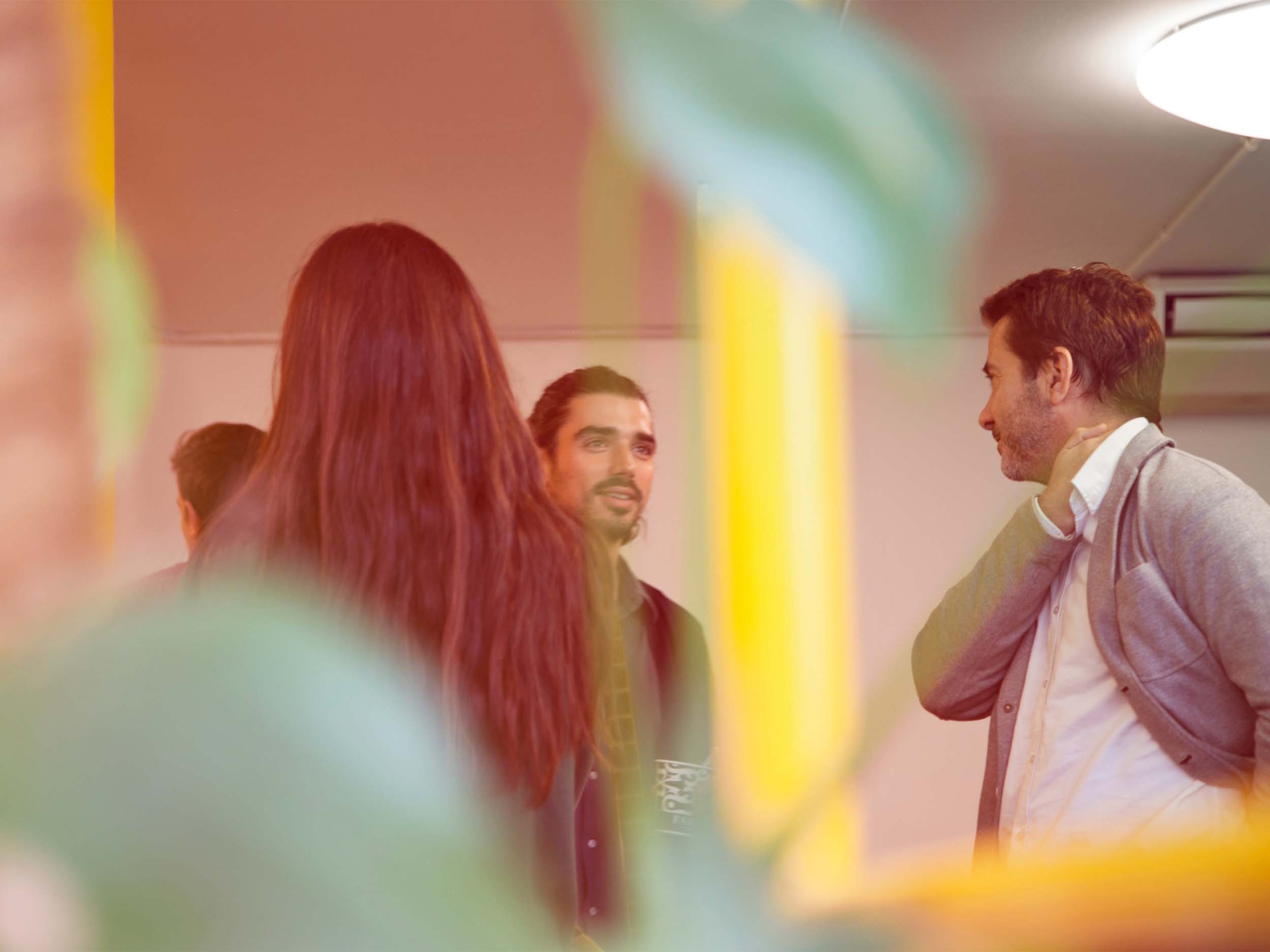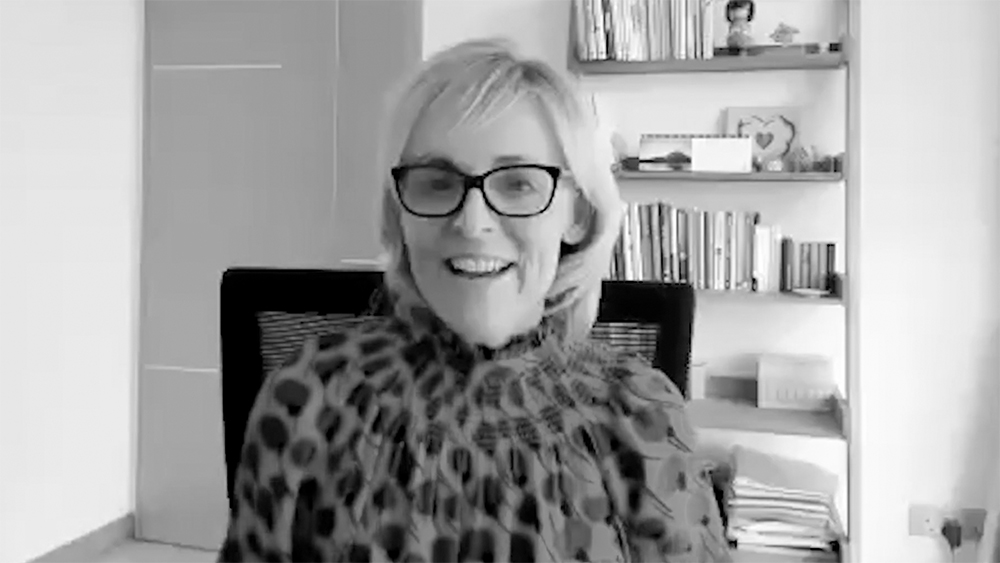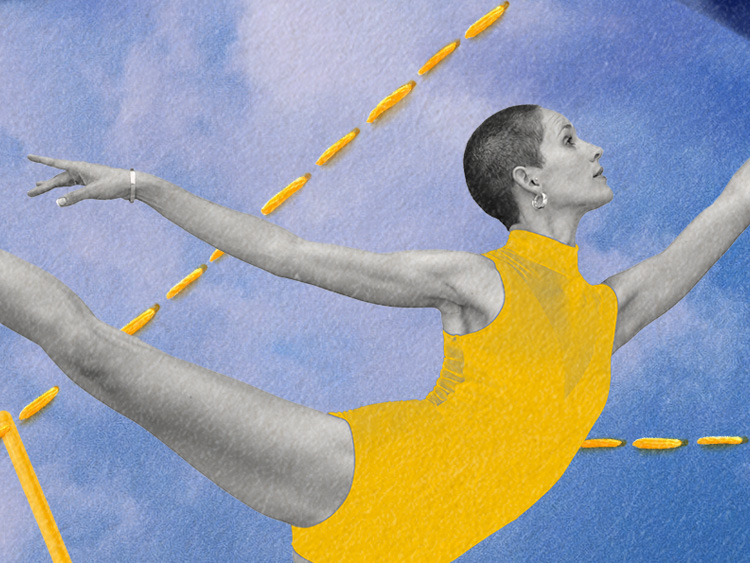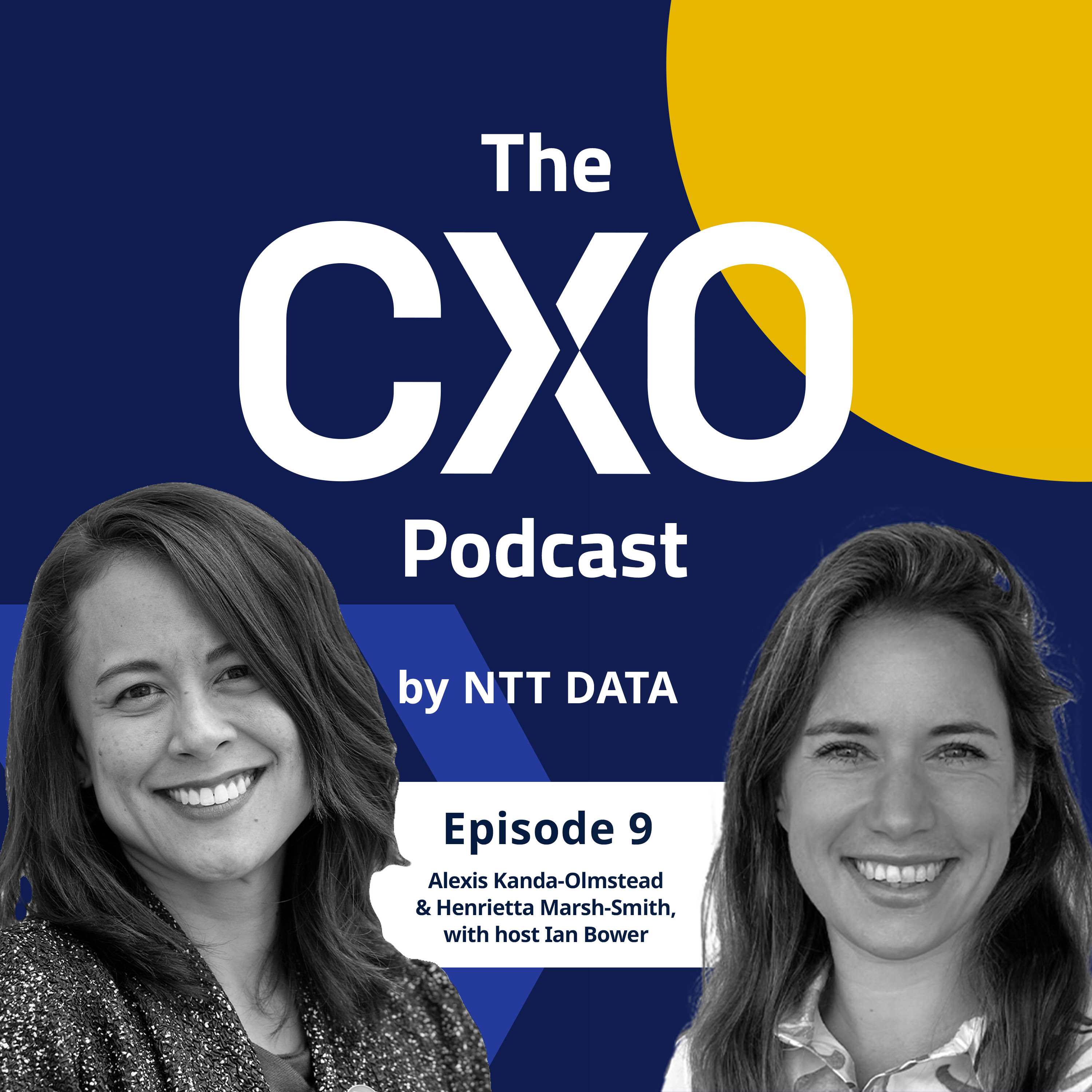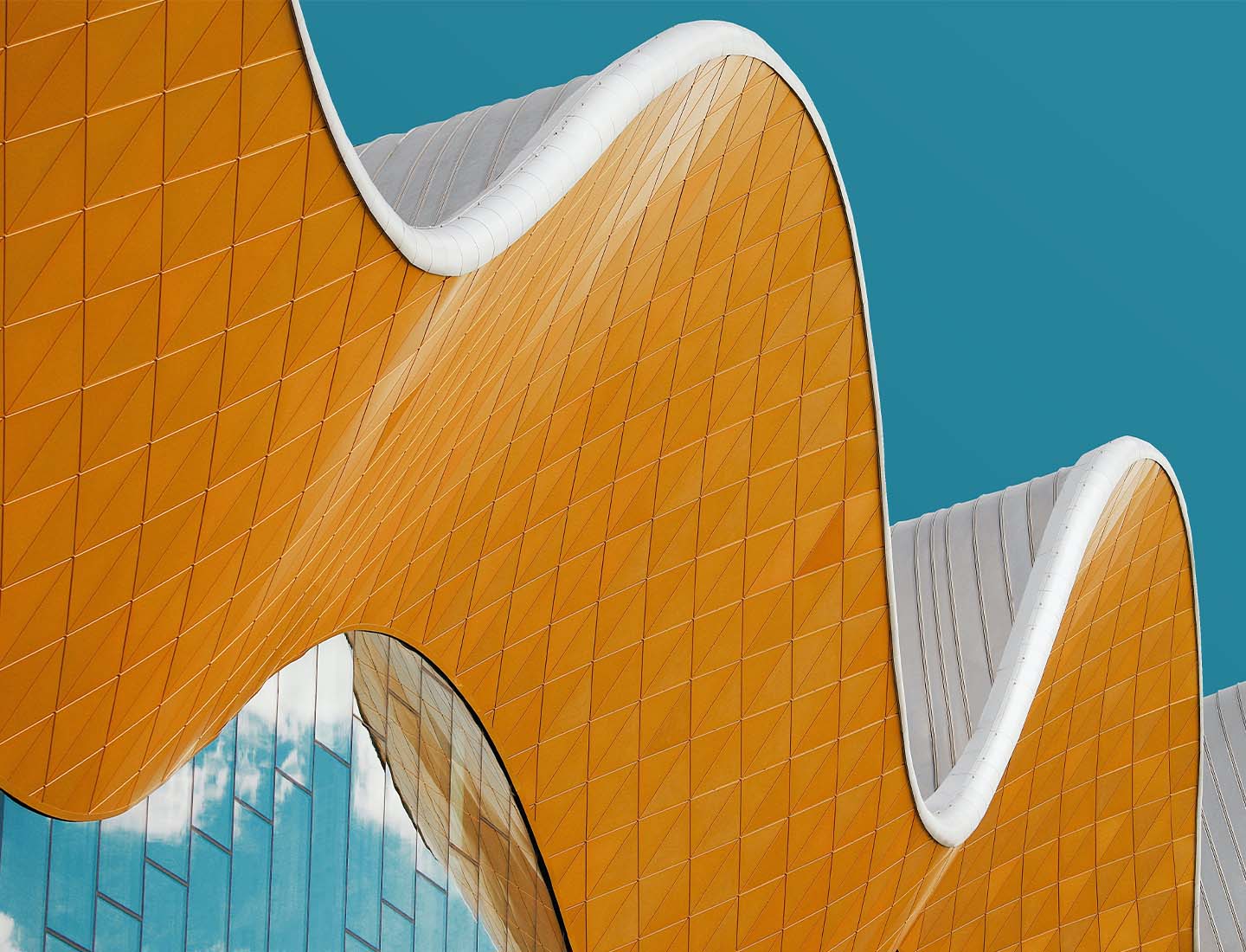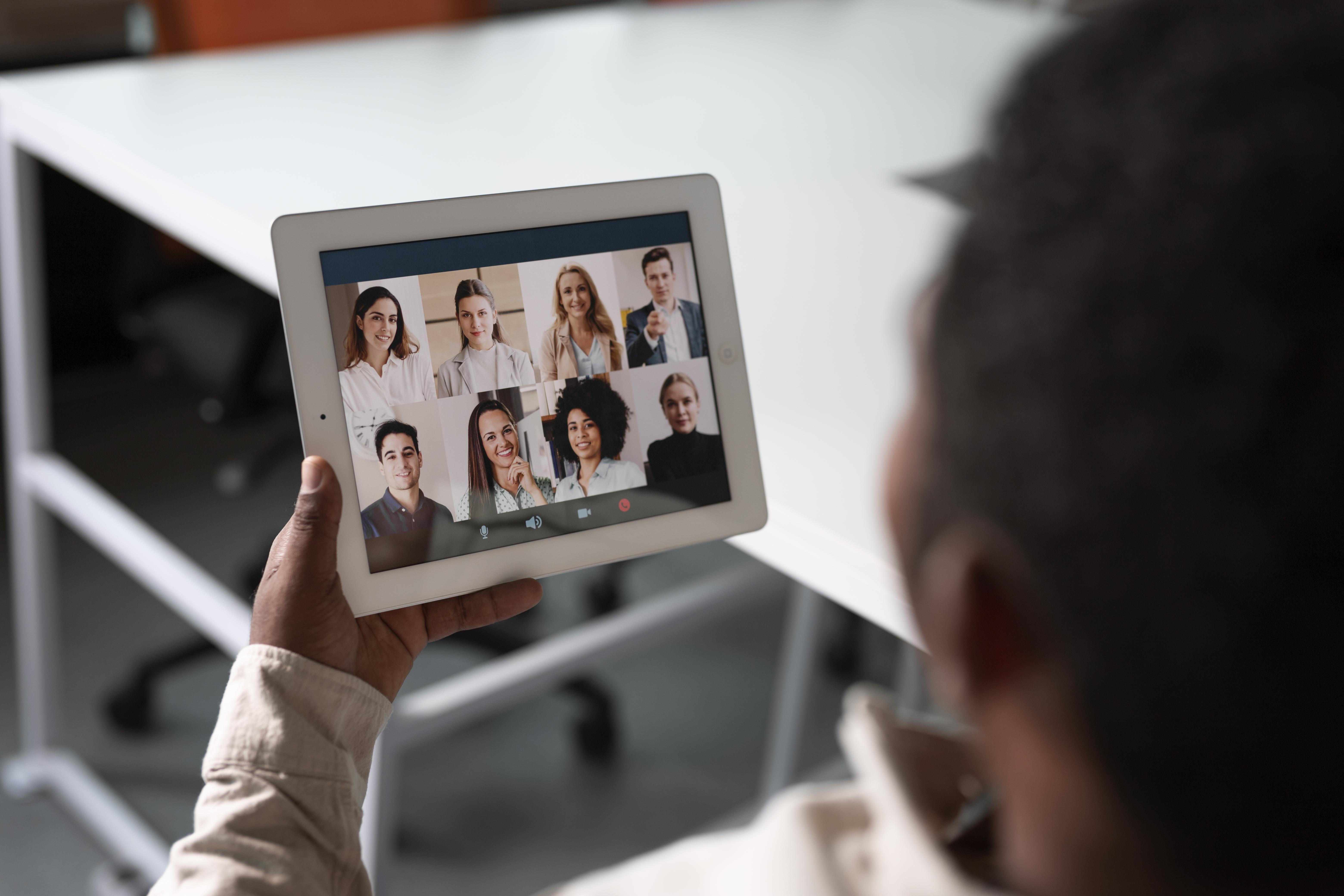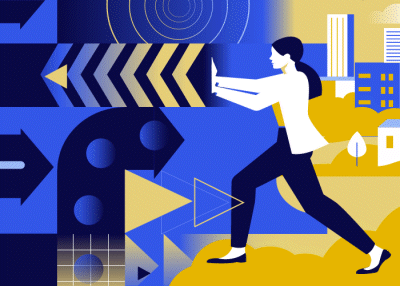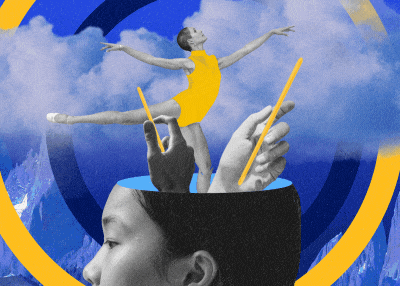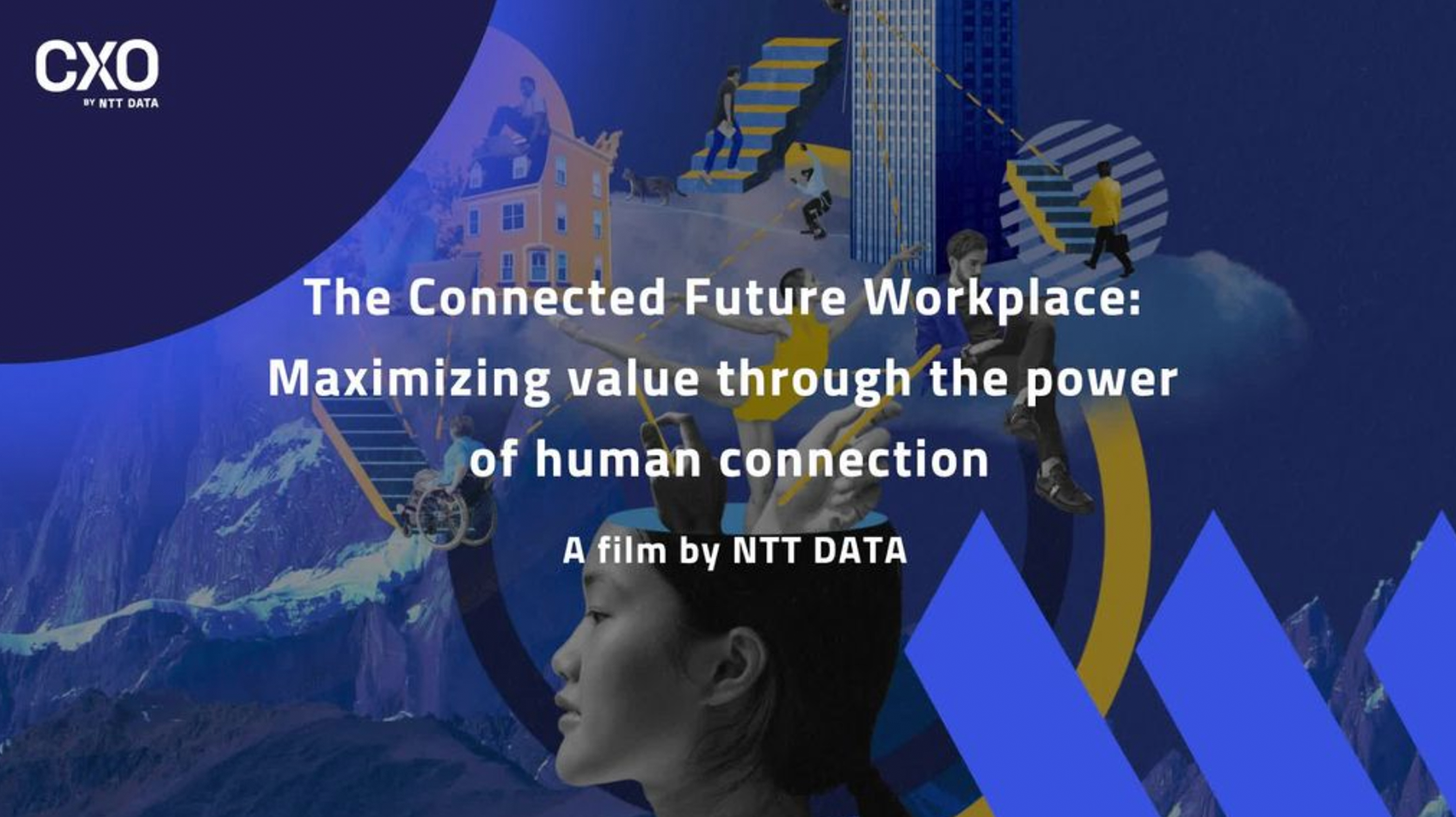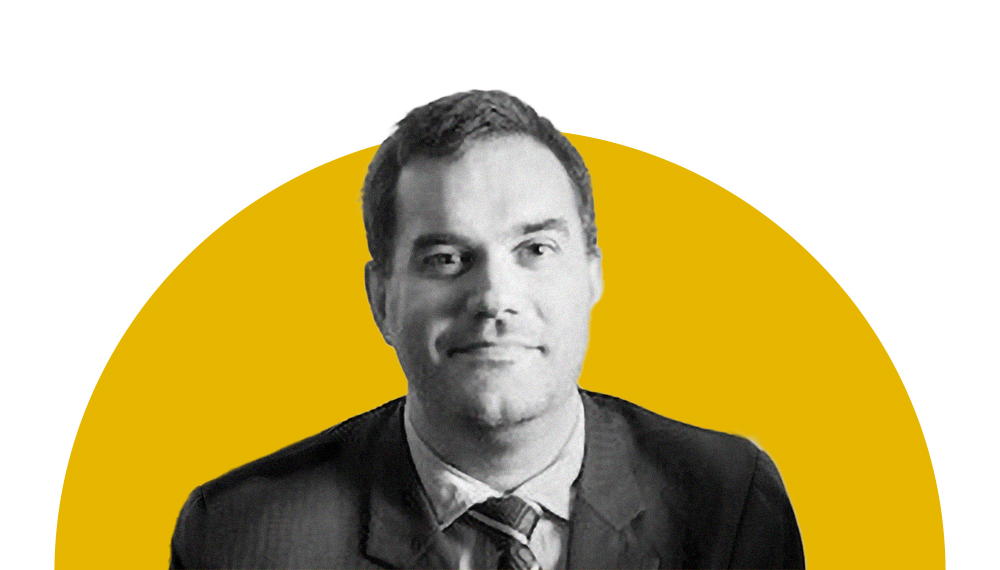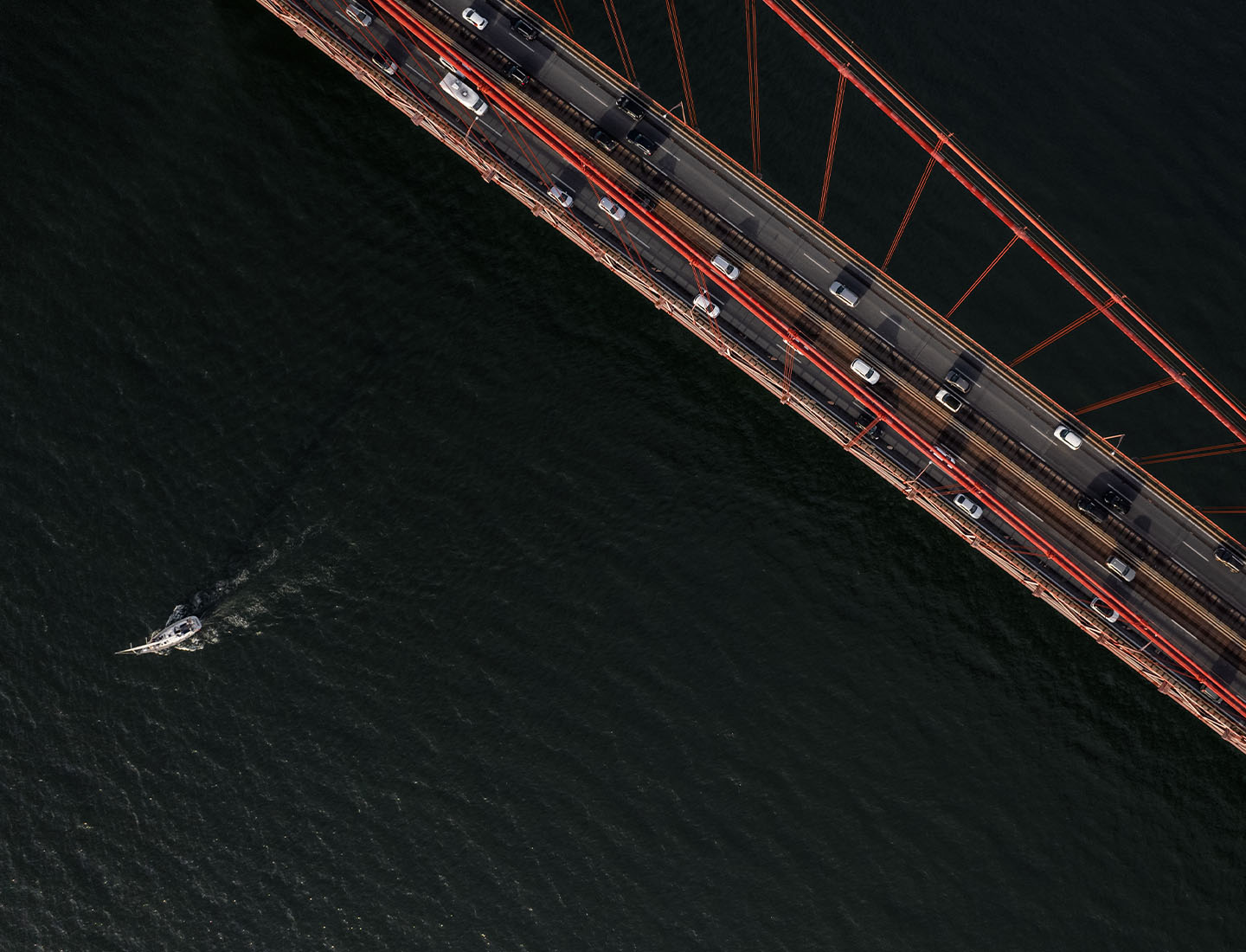
Photograph: Avi Richards/Unsplash
Covid has left a profound mark on the way we work.
Companies have realised that the presence of employees in the office is not essential. People have adopted working from home as a default, only travelling to the office for very specific needs. In essence, we have experienced a completely new approach to work – one disconnected from physical workspaces and more suited to our private lives.
However, as individuals, we have undergone the negative aspect of physical separation, such as the feelings of loss:
The loss of a sense of belonging (to an organisation)
The loss of relationships with colleagues
All of this has also overlapped with another important change in the world of work: younger people are looking for purpose. The majority of millennials – who are estimated to make up three-quarters of the workforce by 2025 – won’t work for employers without a strong policy on corporate social responsibility, with 83% saying they would be more loyal to a company that helps them contribute to social and environmental issues.
The leaders of tomorrow need stronger engagement: more guidance, but less control.
Compared to previous generations, the leaders of tomorrow need stronger engagement: more guidance but less control.
Designing the post-pandemic workplace
How can the business community design a new way of working, and new ways of learning, that avoids the risk of returning to work as before? And what happens in a post-Covid world?
No one has all the answers; but together, by pooling our experiences, ideas and innovations, companies can collaboratively shape the organisational and social make-up of work – fit for the new world we find ourselves in.
The learning curve for businesses has been steep, but just as much so, awareness of the changing nature of work has greatly increased for the individual too.
The workplace, as we know it, no longer needs to be a physical space.
And the physical space, the office, is no longer to be considered as just facilities and co-working places, but also as “distributed” places, preferably close to home and which promote the creative exchange that is the basis of any innovation.
The Third Way
This is how the Smart Alliance was formed: an agreement of 32 companies in Italy which are part of Elis Consortium and whose president is the CEO of NTT DATA EMEA, Walter Ruffinoni. The goal of the alliance is to identify a new solution to the workplace needs of today – a third way – that is neither wholly office-based nor totally work-from-home.
This third way aims to bridge presence and distance, to make agile work more sustainable over time in physical places shared between companies. These new physical places are called “relational gyms”.
By “relational gyms”, we mean the places of collaboration that connect people and allow them to work together and learn from each other. These are offices, made available by companies or universities that are members of the alliance, in which human collaboration is facilitated by “community managers”, to generate ideas and thus stimulate creativity. In these centres, people can carry out their work remotely from the company headquarters (distance) without being isolated as they are physically in a coworking space (presence).
Smart Alliance aims to find office space distributed throughout territories so that each company can offer its employees a central hub (i.e. its headquarters in the town), plus a number of “relational gyms” in the area within walking distance of the homes of employees (so-called “zero kilometre offices”).
By pooling our experiences, ideas and innovations, companies can collaboratively shape the organisational and social make-up of work – fit for the new world we find ourselves in.
In the suburbs of the big cities (at company offices, railway stations, sports centres, schools and universities, etc.) people could avoid travelling to the city centre. And if these spaces were available in rural villages (for example, in Southern Italy), this would reduce the depopulation of these areas.
First steps to a new way of working
How can this new working model be implemented? The Smart Alliance project has four fundamental steps, each lasting six months:
Engagement: The first step is the engagement of the CEOs to participate in the project. Targeted meetings are held to explain the initiative (approx. 100 CEOs involved from October 2020 to April 2021).
Pilot: The second step (after the onboarding of a number of companies that have made their offices available to share) is to carry out a pilot on a subset of offices, in which to test the model. In this phase, we define the model in detail, design the shared spaces and ecosystem. Everything is managed by a technical team made up of resources from HR and Facilities.
Measurement: The third step will be experimenting and measuring pilot outcomes against KPIs.
Improvement and rollout: The fourth step will be the fine-tuning of the model and the model’s rollout in other parts of the territory.
We have completed the first phase, and the Alliance project is currently in the second phase. Over 30 companies have agreed to participate so far, and our results include:
Five experimental sites: in Milan (two sites), Rome (two sites), Naples, Catania and the remote city of Trapani, to test the setup in a village.
The selection of seven “community managers” (one for each location), responsible for the mobilisation of the “relational gyms”.
300+ ambassadors or “experimentation pioneers” (approx. 10 per company) who will be equally distributed in the “relationship gyms” and will champion the integration of these places with the corporate office and the home.
KPIs identified to assess the impact of these places on the wellbeing of people, including:
Overall wellbeing (good physical and mental health)
Creativity (ability to absorb and/or generate new ideas, both cognitively and through direct action)
Social impact (i.e. positive impact on the local community)
One of the lessons we have learned so far is that, when designing new post-Covid work models which aim to promote wellbeing, it is useful to integrate sports activities into the corporate culture.
The scenario is still fluid. It is necessary to remain agile and flexible and to customise the model according to the specific company and types of activity.
Now, for the Smart Alliance project investigating the Third Way of working, all that remains is to start the experiment…





